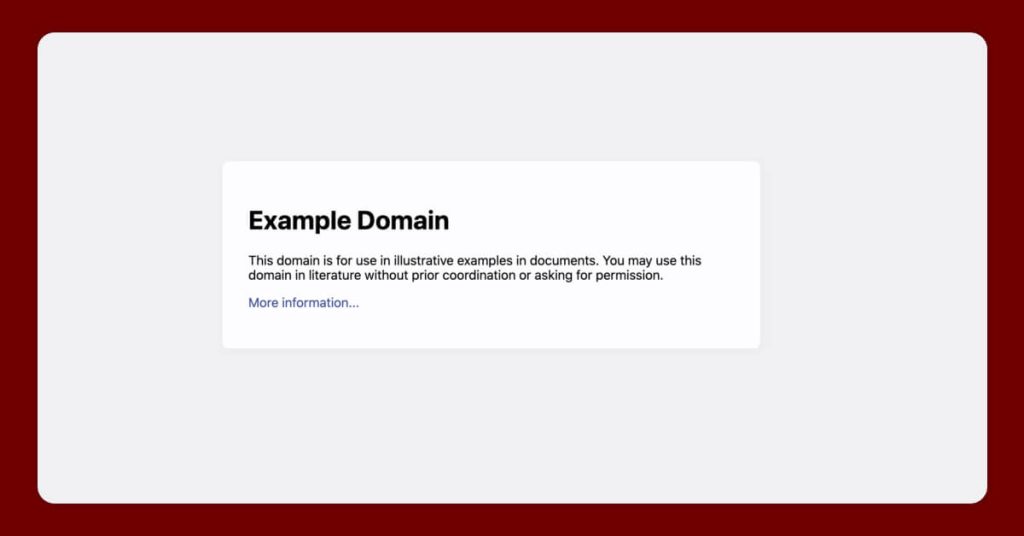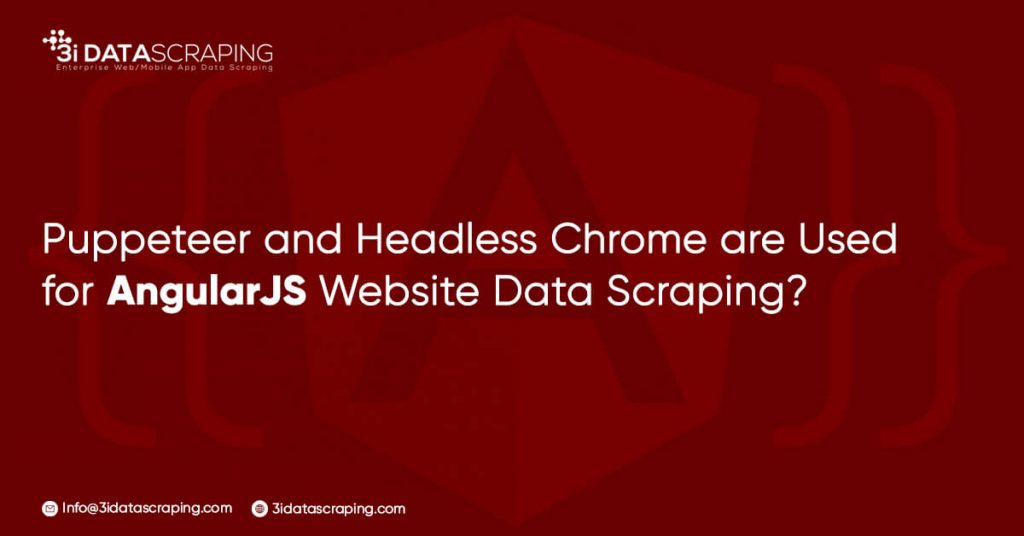How Puppeteer and Headless Chrome are Used for AngularJS Website Data Scraping?
As we know AngularJS is a popular framework for creating contemporary Single Page Applications. But how will web scraping use it? Hence, the below written blog will brief about how Puppeteer and Headless Chrome will be used for precise AngularJS website data scraping.
Our achievements in the field of business digital transformation.









AngularJS is a popular framework for creating contemporary Single Page Applications, but how about scraping websites using it?
Web Scraping Using CURL

A simple CURL command may be used to see if we can scrape a webpage directly:
curl https://example.com > example.html
Up to this point, we’ve done a simple HTTP call to the example website and stored the response to the example.html file. We can use a preferred browser to open this file and get the same results as if we opened the original source through the browser.
So, let us take a further step and acquire details of the official AngularJS website’s content.
curl https://angular.io/ > angular.html
You will see a blank page with no content after viewing this file (angular.html) in the browser.
The AngularJS site renders precise HTML content with JavaScript, and the first content received is just a collection of JS files with a rendering logic. We need to run those files in some way to scrape this website, and the most popular technique is to utilize a headless browser.
An in-depth Introduction to Puppeteer
Puppeteer is a Google Chrome team project that will allow you to programmatically manage a Chrome (or any other Chrome Protocol based browser) and perform common operations, much like in a real browser. It’s a fantastic and simple tool for scraping, testing, and automating web pages.
We can scrape the displayed content using a simple script written in NodeJS:
What is Required for Web Scraping?
Web Data Scraping is not a difficult process, and you will not have any issues until you accomplish it:
- Scraping parallelization (in order to scrape many sites at once, you must run multiple browsers/pages and appropriately allocate resources)
- Limits on requests (sites usually limit the number of requests from a particular IP to prevent scraping or DDoS attack)
- Code deployment and maintenance (in order to use Puppeteer in production, you’ll need to deploy Puppeteer-related code to a server with its own set of constraints).
- By utilizing our web scraping API, you can avoid all of the mentioned issues and focus just on the business logic for your application.
For any web scraping services, contact 3i Data Scraping today!
Request for a quote!





